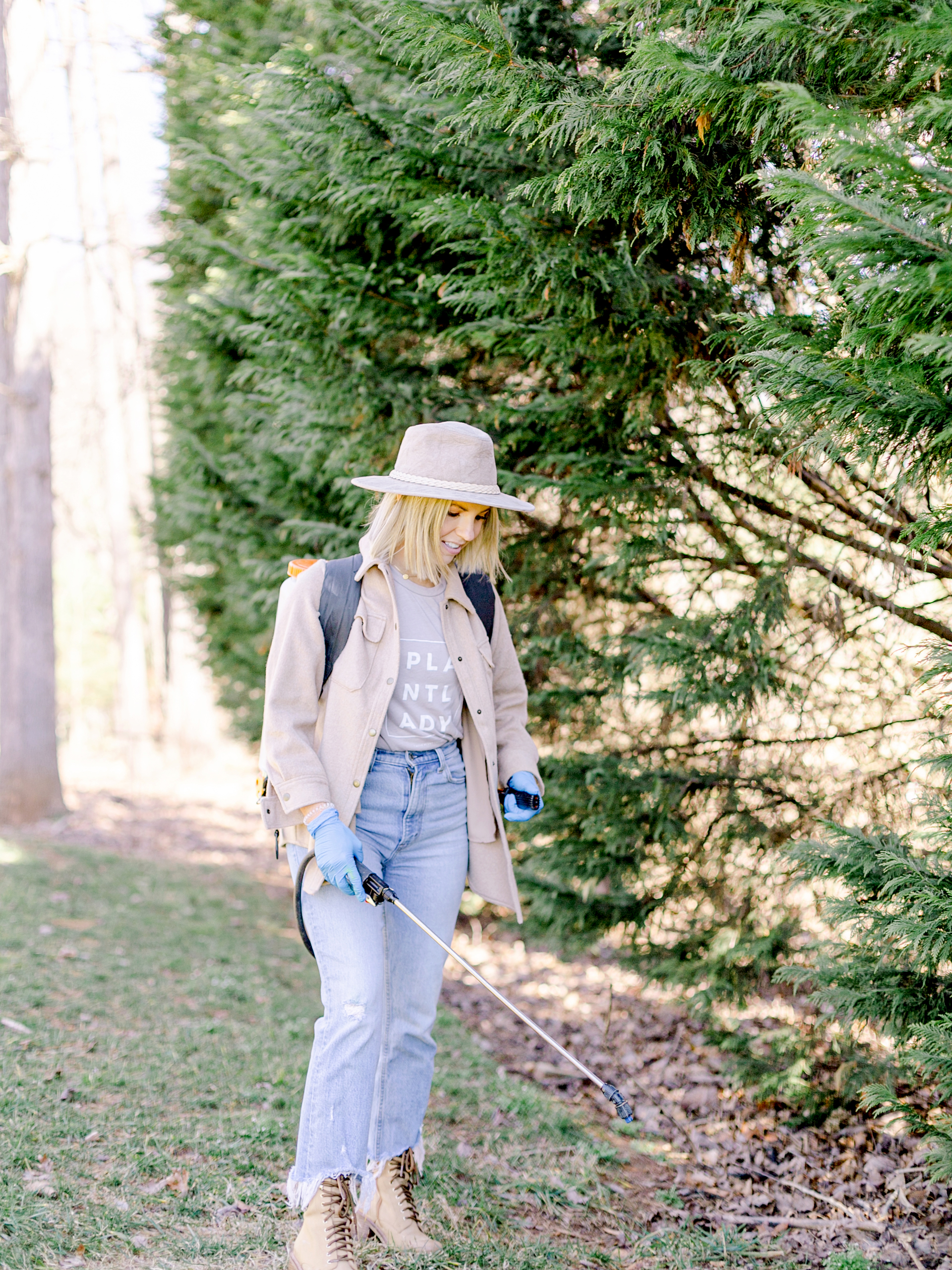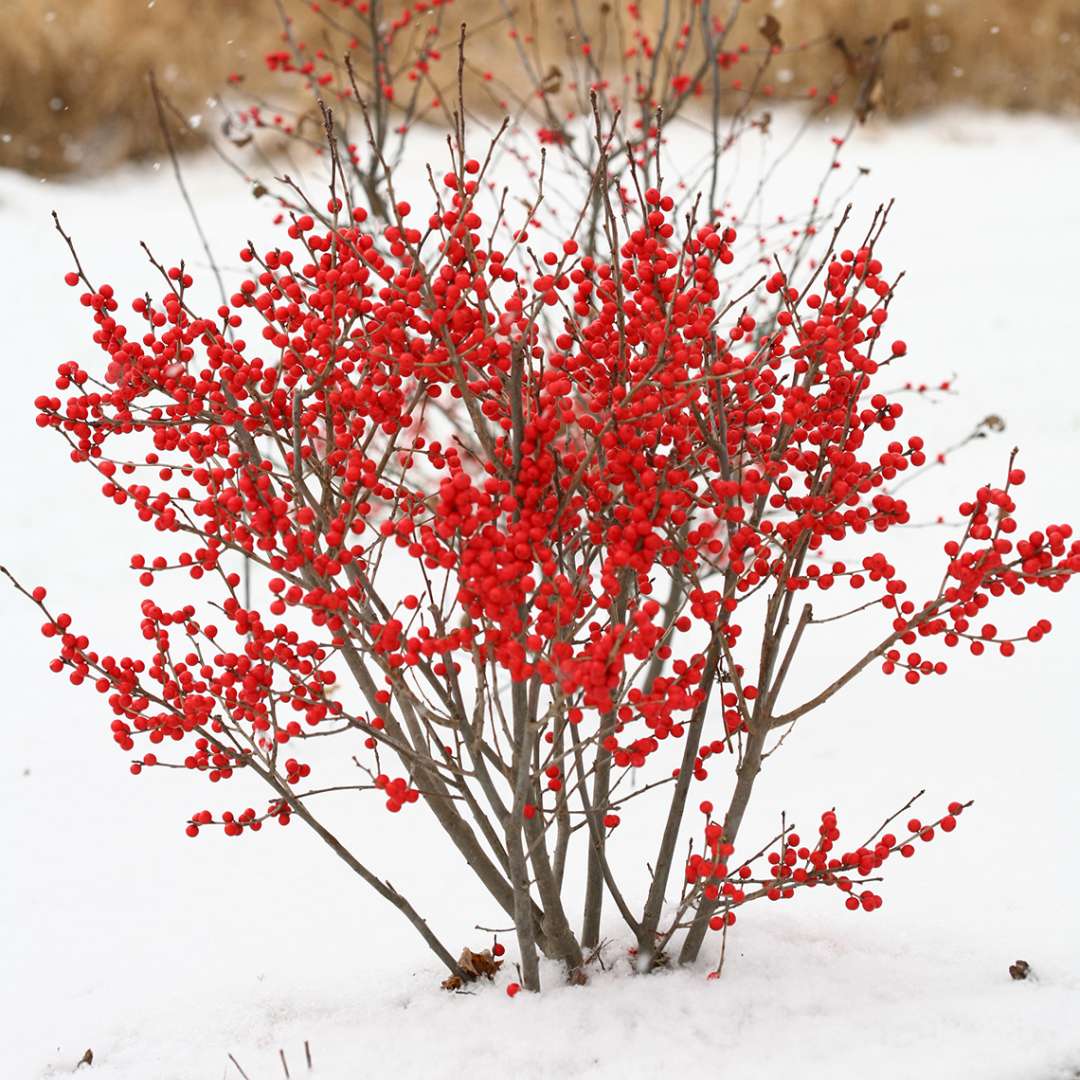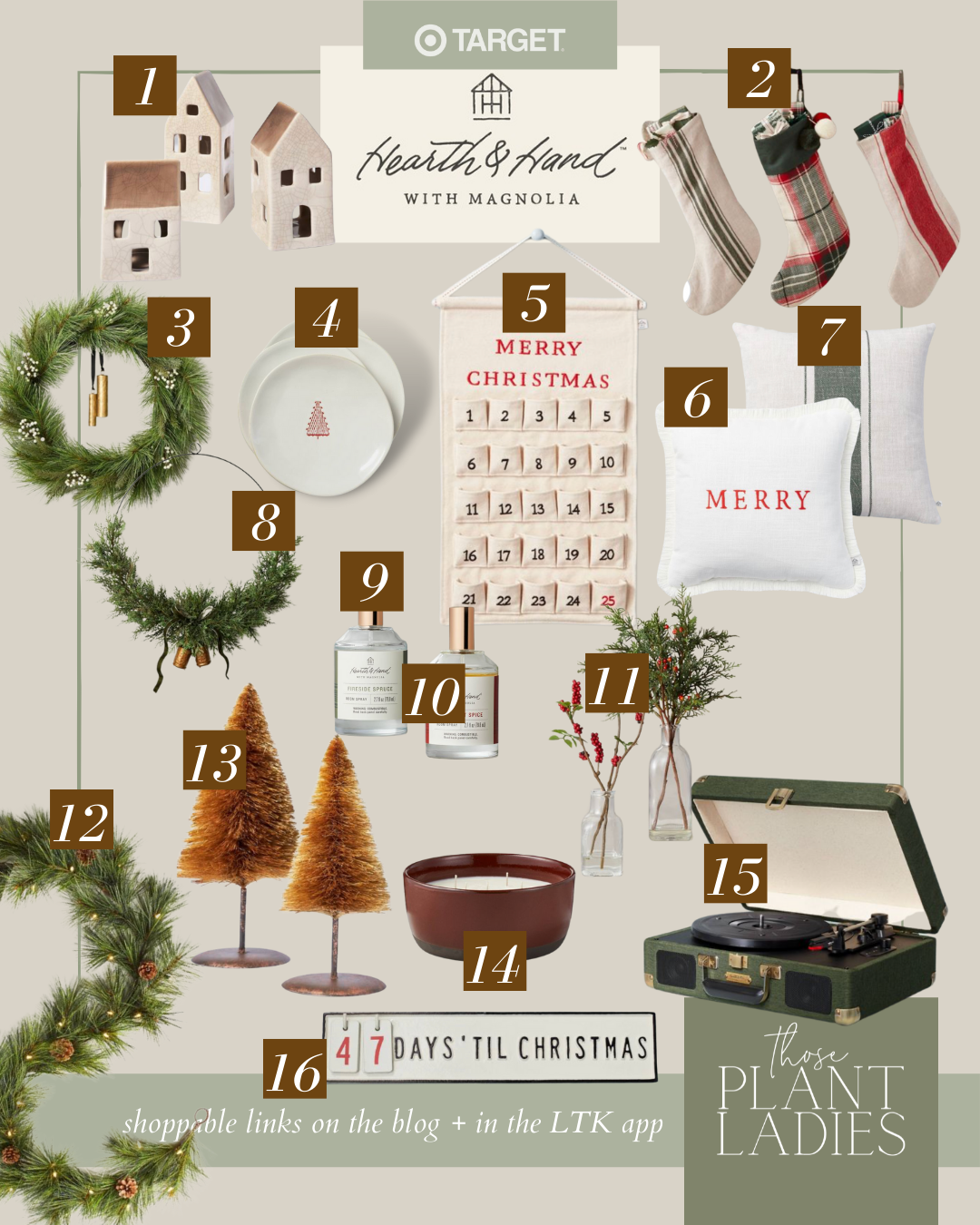Choosing which herbicides for controlling weeds in your landscape can be intimidating! Luckily, there are a lot of ways to categorize herbicides that can help us choose which herbicides to use and when to use them.


One way to categorize herbicides is based on the life cycle of the weed so that we can properly treat those nasty weeds in our landscapes. These categories are pre-emergent and post-emergent. For this post, we will focus on pre-emergents – what they are and when we should use them!
Pre-emergents are those herbicides that stop weed seeds from germinating, or emerging, from their seeds. They only work on weeds that are spread by seed and they will only be effective on weeds at the time of germination. However, they are very, very effective against these seed-spread weeds because they prevent them from ever growing at all. Over several growing seasons, the amount of weed seeds sitting dormant in the soil will decrease as these new weeds do not reach maturity to continue producing more seeds.

We highly recommend using pre-emergents in your lawn to control the population of many weeds. Lawns can be a very challenging place to control weeds because it is a lot of space to cover when trying to pull weeds by hand and you can’t use preventative measures like mulch or weed fabric. If you can prevent the build-up of weed seeds in the soil of your lawn from year to year, you can eventually allow your turfgrass to naturally outcompete the weeds that might spring up and, ultimately, you’ll be able to reduce your herbicide usage over time. Just be sure not to apply a pre-emergent herbicide if you plan on reseeding/overseeding your lawn, which will prevent the germination of all seeds (including new grass).
We are less enthusiastic about using pre-emergent herbicides in your landscaping beds though it can be done. If you have perennials in your beds which can sometimes self-seed to spread, a pre-emergent will prevent those new seeds from germinating. We like free plants when nature gives them to us so it’s best to let those self-seeders germinate! In your landscaped beds, we highly, highly recommend laying mulch once a year. Mulch provides a TON of benefits to our plants including creating a barrier between weed seeds and the soil, preventing many weeds from germinating.

Pre-emergents should be used in the transition seasons – spring and fall. Summer weeds begin to germinate when soil temperatures reach about 60 degrees. Your pre-emergent should be down before germination begins. The soil will warm more slowly than the ambient air temperature so when the daytime temperatures start getting up to and above 60 degrees for more than one day every week, you should begin to think about getting your pre-emergent spread. If you want to make sure you are spreading at just the right time, consider purchasing a soil temperature probe. These are inexpensive and might save you a lot of money if you’re applying at the last minute!
Pre-emergents should be used in the transition seasons – spring and fall.
In the fall, winter weeds start germinating again when soil temperatures lower to 60 degrees again. When night time temperatures start dropping below 60 more than once a week, it’s probably time to get your pre-emergent down for winter weeds. However, it is especially important to note whether you are planning to seed in the fall or not before you apply your pre-emergent. If you are going to seed your lawn, get your seed spread 3-4 weeks before you apply your pre-emergents so that they have a chance to germinate and start growing before the herbicide is applied.



Check out our recommended products here:
For Summer Weeds
Prodiamine – for prevention of crabgrass and other summer weeds – liquid formulation to be sprayed from a backpack sprayer
Prodiamine – for prevention of crabgrass and other summer weeds – granular formulation to be applied with a spreader
For Winter Weeds
We don’t suggest using any pre-emergent during the winter months because it can be tricky even for professionals to get the timing correct. We do recommend post-emergent applications and allow 2-3 mowings off of new grass before applying a post emergent application. You can see more on winter weeds here!
Before we send you on your merry way to apply these products, don’t forget our basic pesticide usage guidelines.
- Always follow the instructions on the label. A pesticide label is a legal document and applying in any way that is against or contradictory to label instructions is against the law.
- Be sure to wear your personal protective equipment (PPE). At a minimum, always wear rubber gloves, waterproof boots, a hat, and long pants. If additional PPE is recommended, such as a tyvex suit, it will be listed on the label. It is always better to be overdressed than under-dressed.
- Do not apply pesticides in the rain or in windy conditions. This may cause the pesticide to be washed or blown into areas of the environment that you did not intend for it to go.
- When choosing pesticides, always choose the least toxic product and the most “targeted” or specific application you can to limit your exposure to the products and to limit the chance of the product interacting negatively with the environment.
Pin For Later





